Advanced Tribological Insights: The Impact of Oil Analysis on Machinery Health
In the realm of industrial machinery maintenance, the significance of oil analysis cannot be overstated. It's a critical tool of the Reliability-Centred Maintenance (RCM) approach. Through advanced oil analysis, Activate Lubricants provides crucial tribological insights, identifying wear patterns, lubricant contamination, and degradation before they escalate into major mechanical failures.
Early Wear Detection and System Reliability: The Technical Edge of Effective Oil Analysis
The technical brilliance of effective oil analysis lies in its ability to identify incipient wear and contamination at a microscopic level. By monitoring parameters such as particle counts, metallic content, and viscosity changes, engineers can preemptively address issues, thus enhancing system reliability and reducing unscheduled downtime.
Proactive Maintenance Strategy: Elevating Machinery Understanding with Oil Analysis
Proactive oil analysis is pivotal in developing a maintenance strategy that transcends traditional reactive approaches. By employing techniques such as spectrographic analysis and ferrography, maintenance teams gain a deeper understanding of equipment condition, allowing for precise scheduling of maintenance activities based on actual need rather than routine schedules.
Cost-Effectiveness and Asset Optimisation: The Economic Rationale of Oil Analysis
Implementing oil analysis translates to a more cost-effective maintenance regime. By diagnosing potential problems early, it allows for planned maintenance and parts replacement, avoiding the higher costs associated with catastrophic failures. This optimisation of maintenance schedules and inventory management leads to significant savings and higher asset utilisation rates.
Comprehensive Diagnostics: The Indispensability of Oil Analysis in Machinery Monitoring
Oil analysis serves as a comprehensive diagnostic tool, integral to condition monitoring programs. Techniques like Total Acid Number (TAN), Total Base Number (TBN), and particle quantification provide detailed insights into lubricant health, contamination levels, and wear debris, forming a complete picture of machinery health.
Predictive Maintenance and Operational Excellence: Leveraging Oil Analysis for Long-Term Benefits
Regular oil analysis is central to a predictive maintenance strategy. It facilitates the early detection of potential issues such as lubricant degradation, abnormal wear, and contamination, which are critical for maintaining high operational efficiency and prolonging equipment life.
Strategic Maintenance Planning: Harnessing Oil Analysis for Enhanced Machinery Lifespan and Reduced Costs
Effective oil analysis is a strategic tool for extending machinery lifespan and reducing total maintenance costs. By understanding lubricant condition and wear trends, engineers can make data-driven decisions, optimising lubrication schedules and replacement intervals, thus reducing the overall cost of ownership.
Decoding Machinery Health: The Integral Role of Oil Analysis in Proactive Maintenance
A deep dive into oil analysis reveals its integral role in proactive maintenance. Advanced techniques such as Gas Chromatography-Mass Spectrometry (GC-MS) and High-Performance Liquid Chromatography (HPLC) offer detailed insights into the chemical makeup of lubricants, providing early warnings of potential issues such as oxidation, thermal degradation, and additive depletion.
Conclusion
In the engineering world, oil analysis is not just a maintenance tool; it's a crucial element of a comprehensive asset management strategy. It provides deep insights into machinery health, aiding in informed decision-making for maintenance, and thereby ensuring optimum performance and longevity of equipment.









